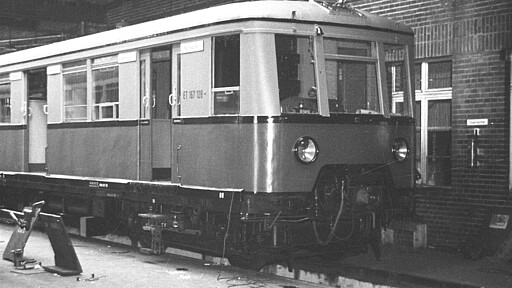History of S-Bahn Berlin
100 years of emotional history

- ©
- Deutschen Bahn AG/Wolfgang Stephan
S-Bahn trains are an important part of Berlin’s public transportation system, which has become a true Berlin institution over the decades. Since end of the 1920s, the red and yellow colored trains have become paramount in lining the cityscape.
Looking back at our moving history:
1838
1894
April 1900
August 8, 1924
1925
1928
December 1, 1930
The 1930s
From 1933
Mid-1939
April 15, 1939
1943
April 25, 1945
Beginning of May 1945
July 1945
1948
The 40s and 50s
August 13, 1961
August 17, 1961
1973
1980
January 9, 1984
November 9, 1989
July 2, 1990
1992
January 1, 1994
January 1, 1995
June 15, 2002
2006
May 2009
March 2010
2014
January 26, 2016
October 2016
January 2021
December 2022
August 2024


















